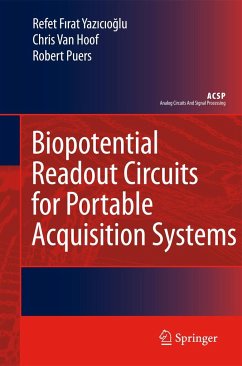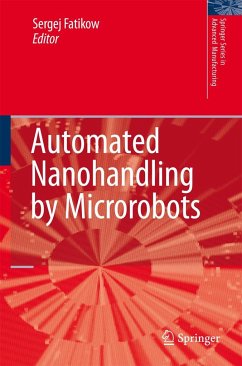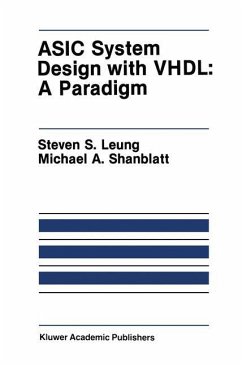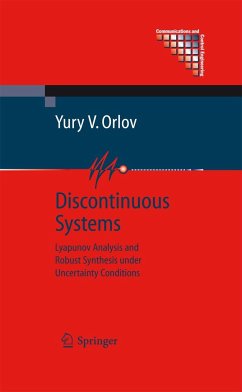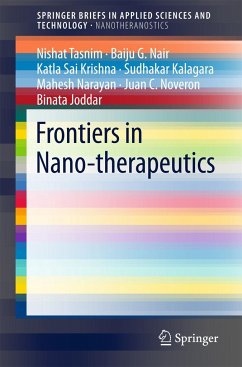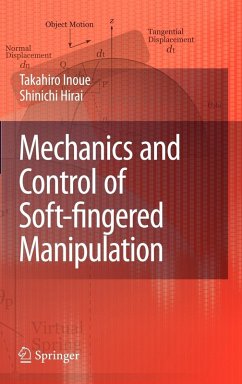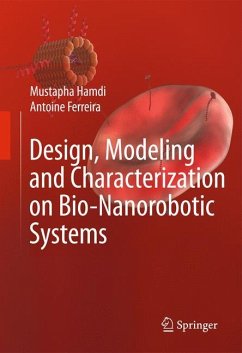
Design, Modeling and Characterization of Bio-Nanorobotic Systems
Versandkostenfrei!
Versandfertig in 6-10 Tagen
76,99 €
inkl. MwSt.
Weitere Ausgaben:

PAYBACK Punkte
38 °P sammeln!
Nanorobots represent a nanoscale device where proteins such as DNA, carbon nanotubes could act as motors, mechanical joints, transmission elements, or sensors. When these different components were assembled together they can form nanorobots with multi-degree-of-freedom, able to apply forces and manipulate objects in the nanoscale world. Design, Modeling and Characterization of Bio-Nanorobotic Systems investigates the design, assembly, simulation, and prototyping of biological and artificial molecular structures with the goal of implementing their internal nanoscale movements within nanorobotic...
Nanorobots represent a nanoscale device where proteins such as DNA, carbon nanotubes could act as motors, mechanical joints, transmission elements, or sensors. When these different components were assembled together they can form nanorobots with multi-degree-of-freedom, able to apply forces and manipulate objects in the nanoscale world. Design, Modeling and Characterization of Bio-Nanorobotic Systems investigates the design, assembly, simulation, and prototyping of biological and artificial molecular structures with the goal of implementing their internal nanoscale movements within nanorobotic systems in an optimized manner.




